Capturing and storing CO2 with the BECCS process could slow down the climate crisis. But how realistic is the implementation of the controversial technology? An overview of opportunities and disadvantages.
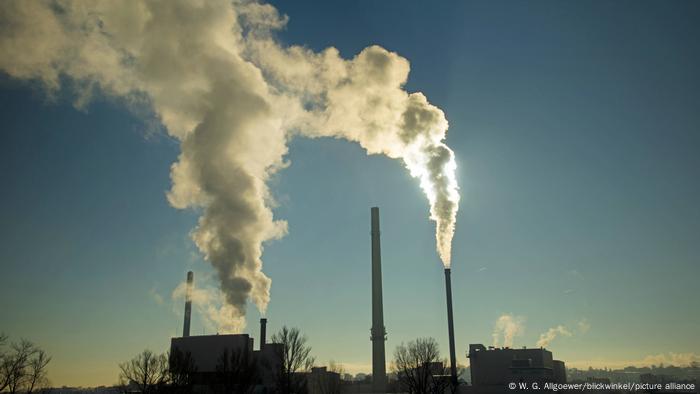 < p>
< p>
CO2 emissions must be reduced quickly and drastically in order to still meet the Paris climate target. The current pace at which countries are moving away from coal, oil and gas is not sufficient.
In the last assessment report, the Intergovernmental Panel on Climate Change (IPCC) therefore emphasized that even if CO2 emissions are halved by 2030, the world will also be dependent on technologies for removing CO2 from the atmosphere.
Some options for how such as planting more trees and preserving existing forests are comparatively easy. New technologies such as the production of bioenergy with simultaneous CO2 capture and subsequent underground storage (BECCS) have hardly been tested on a larger scale. What is it about?
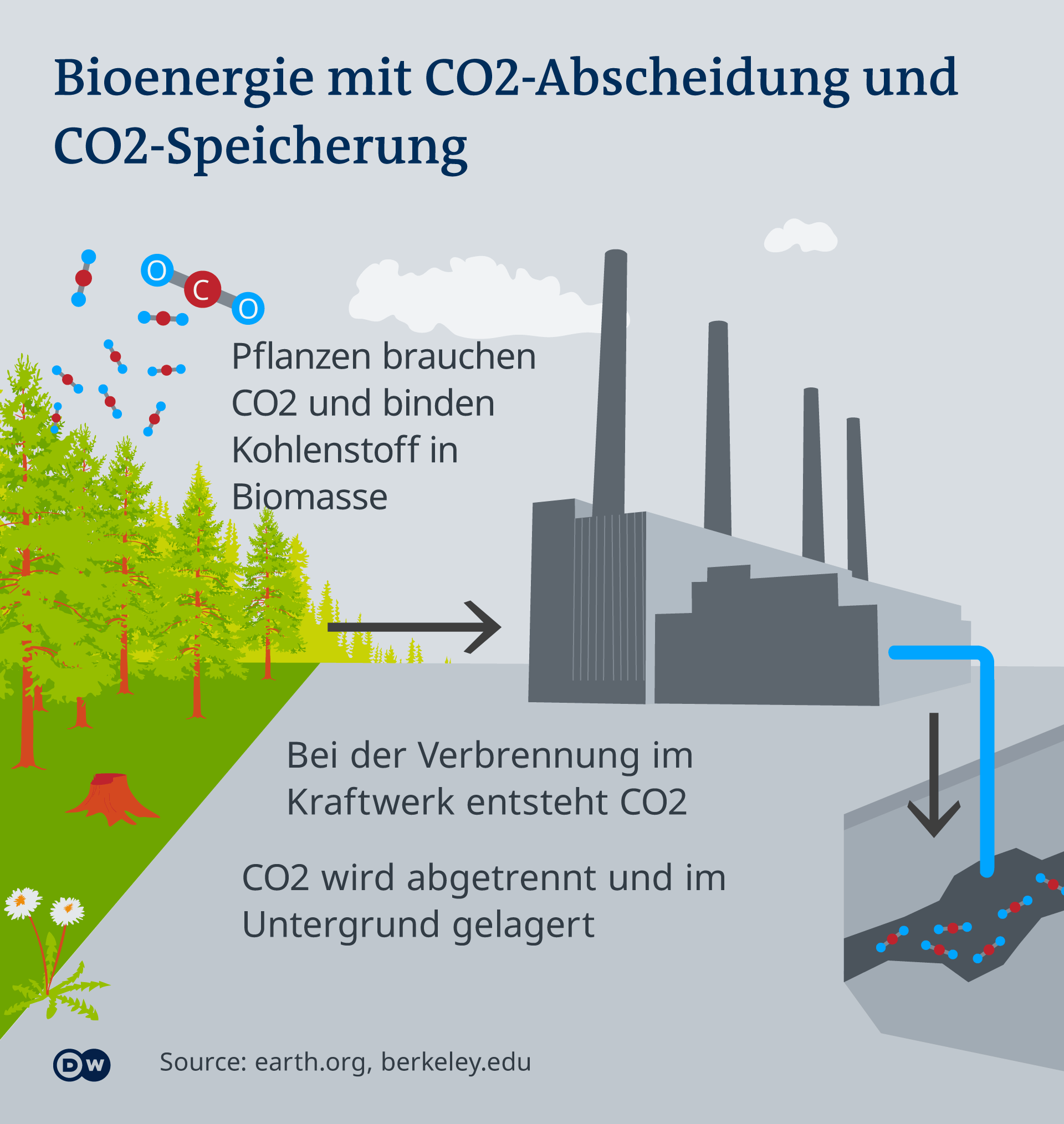
What is BECCS?
BECCS stands for Bio Energy Carbon Capture and Saving. Put simply, with this method, biomass, such as wood, straw or energy crops, is burned in power plants to generate energy. The CO2 released in the process is captured, pumped deep into the ground and stored there permanently. (CCS)
The plants have absorbed CO2 from the air while growing, which is released again when the plants burn. The climate gas is captured and stored, so in total CO2 is extracted from the atmosphere. This is also referred to as negative emissions.
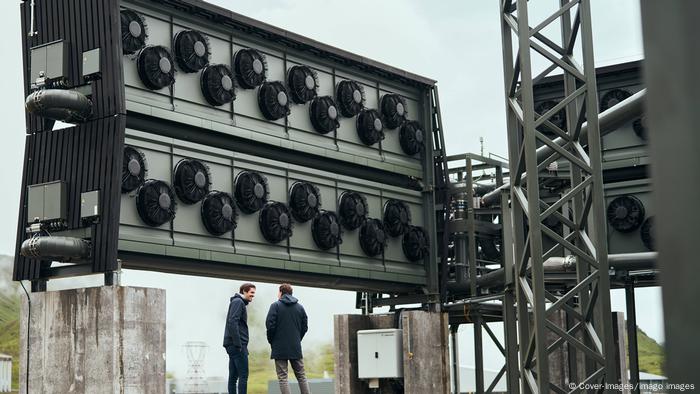
Alternative: Iceland has one of the world's largest plants, that filters CO2 directly from the air
Instead of burning biomass, CO2 can also be extracted directly from the surrounding air using filters and chemicals and then stored underground this is the so-called DAC method. Some such facilities already exist. However, they are significantly more expensive and require even more energy.
BECCS “has enormous potential”
“The problem of climate change is too big to leave a solution like BECCS unexplored on the widest possible scale, previous skepticism notwithstanding,” said Meron Tesfaye of Carbon180 in a May 2021 article. The US non-governmental organization (NGO) is looking into possible ones Solutions for CO2 removal. “Recently there has been encouraging research showing that BECCS has tremendous potential.”
However, Tesfaye added that the technology is not universally applicable and local circumstances and environmental concerns are taken into account.
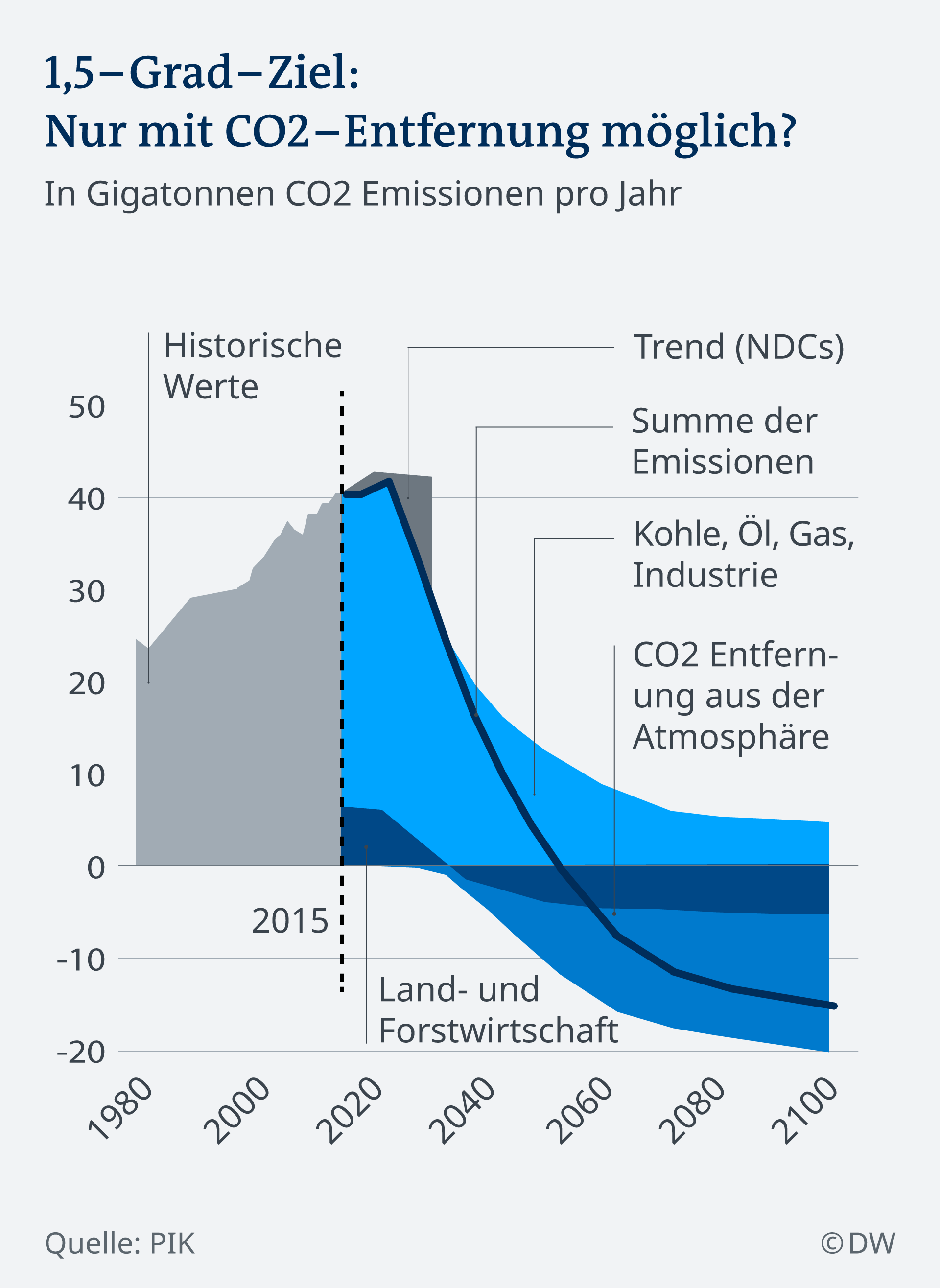
Climate scenario: Much CO2 must be removed from the atmosphere in the future. Critics prefer to call for a faster reduction in new emissions.
Supporters, including the trade association Bioenergy Europe, emphasize that BECCS could help to compensate for emissions that occur, for example, in steel and cement production or through aviation and ship traffic.
“The EU has a vital interest in unleashing the full potential of BECCS,” said the association in a position paper. “This technology facilitates a deep decarbonisation of the EU economy while opening up the possibility for green growth.”
BECCS “not a reliable option”
However, critics of BECCS emphasize the social, economic and environmental disadvantages of this technology and the high costs. “This is the false promise of a quick technical fix, which is strongly supported by the interests of the fossil economy. It should not detract from the urgent need to stop burning fossil fuels and to protect and restore forests, soils and other ecosystems “, as explained by the European NGO for forest protection.
Fern describes BECCS as “seductive window dressing” because the process is unreliable and depends on too many variables. The entire BECCS process is also very energy-intensive and so much CO2 can escape that in some cases the technology would actually not reduce emissions at all. Depending on the location, the cultivation, storage and transport of the biomass as well as the capture of the CO2 and the storage process would also release new emissions, Fern warns.
CO2 capture: Can that really work?
h2>
Climate scenarios with BECCS not realistic
The competition for the already scarce agricultural land for growing food could also become problematic. If BECCS were used on a large scale to limit global warming to below two degrees, it would require additional arable land one to twice the size of India just to grow the biomass, Fern explains. This is shown by a study from 2015 in the scientific journal Nature Climate Change.
Daniel Quiggin also emphasizes the problem of the huge space requirement in his report for the British political institute Chatham House.
For example, in the UK, if biomass were grown to power BECCS power plants, it would take up almost a third of the UK's agricultural land. “That's a significant percentage and it could have an impact on food prices,” Quiggin said.
The association of Europe's science academies (EASAC) also warns against overestimating BECCS. The scientists emphasize that many of the scenarios that would reduce CO2 emissions to mathematically zero using BECCS are unrealistic.
“If we look at the science, there is a significant gap between assumed biomass uses and available amounts that are sustainable and do not conflict with higher value uses such as food production and ecosystem maintenance,” says Lars Walloe, Chair of EASAC's Environmental Steering Committee . Walloe adds that the difference between the amount of biomass needed and the amount actually available could be as much as 60 percent.
 < p>Freighter in front of Stockholm with wood carvings. From 2025, CO2 will be captured and stored in a biomass power plant in the Swedish capital (BECCS)
< p>Freighter in front of Stockholm with wood carvings. From 2025, CO2 will be captured and stored in a biomass power plant in the Swedish capital (BECCS)
BECCS poses “risks for future generations”
Quiggin warns that the possibilities for CO2 removal with BECCS are overestimated by many decision-makers. This would delay and prevent measures to reduce emissions. “This could lead to an additional temperature increase of up to 1.4 degrees Celsius.”
EASAC also warns against relying on this technology. “Relying on future technologies like BECCS to later compensate for insufficient emission reductions today carries significant risks for future generations,” says Michael Norton, director of the environmental program at EASAC. He recommends that BECCS projects remain limited in scope and consider this technology only as an additional mitigation strategy.
“The danger remains that BECCS will be offered to policymakers as a climate solution to avoid the more politically challenging mitigation options “, says Norton.
Adapted from English by Gero Rueter
 Dawn of the solar age
Dawn of the solar age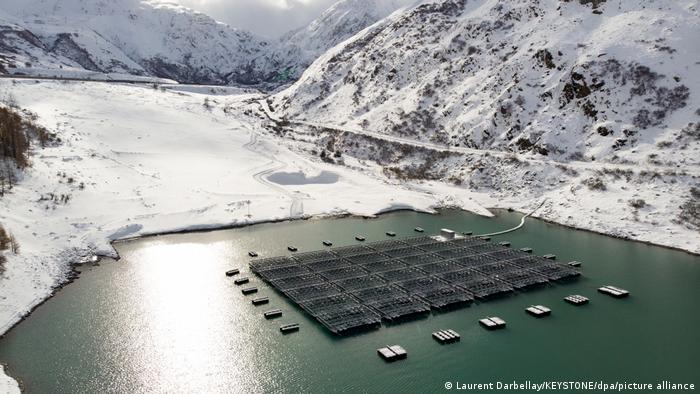 Dawn of the solar age
Dawn of the solar age Dawn of the solar age
Dawn of the solar age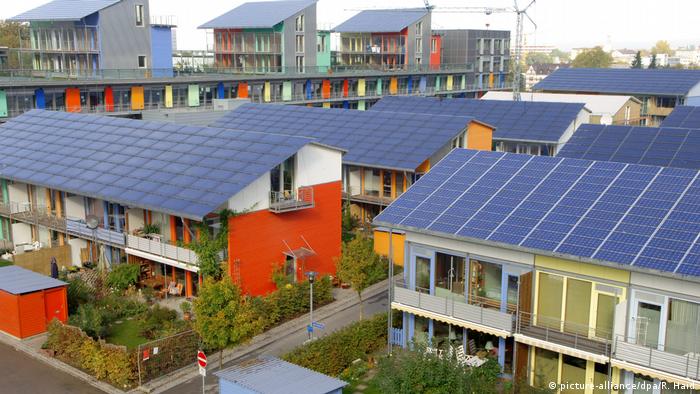 Dawn of the solar age
Dawn of the solar age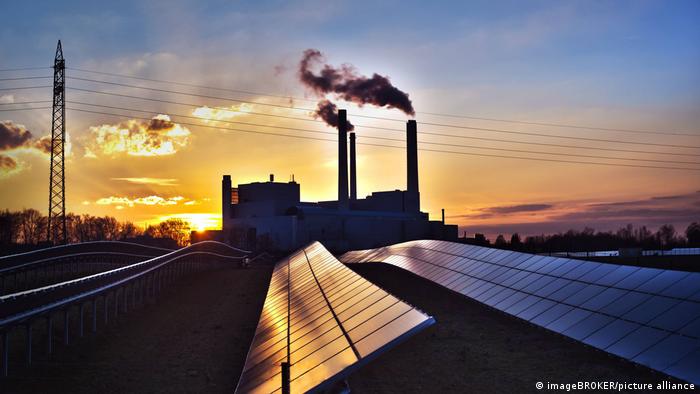 The dawn of the solar age
The dawn of the solar age Dawn of the solar era
Dawn of the solar era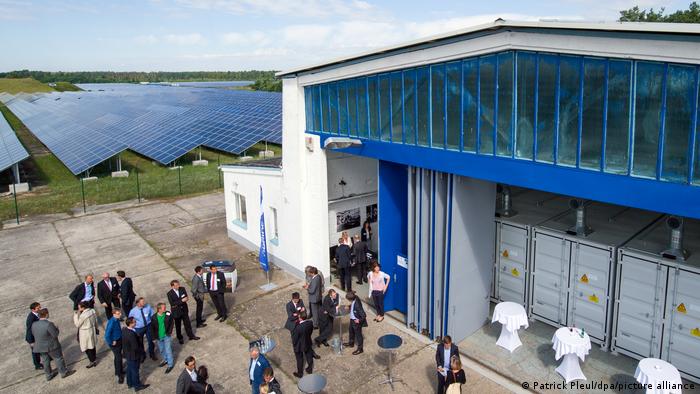 Dawn of the solar age
Dawn of the solar age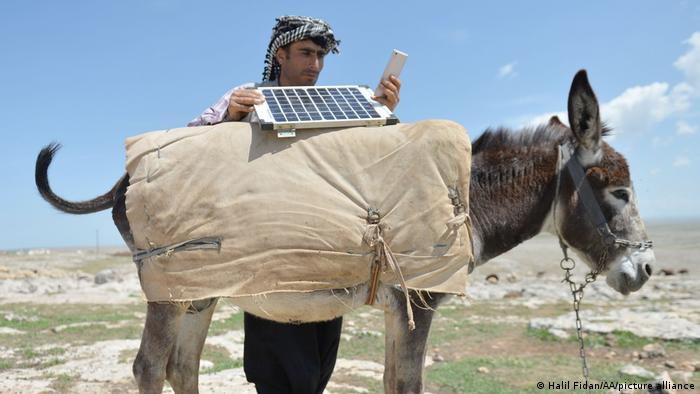 Departure into the solar age
Departure into the solar age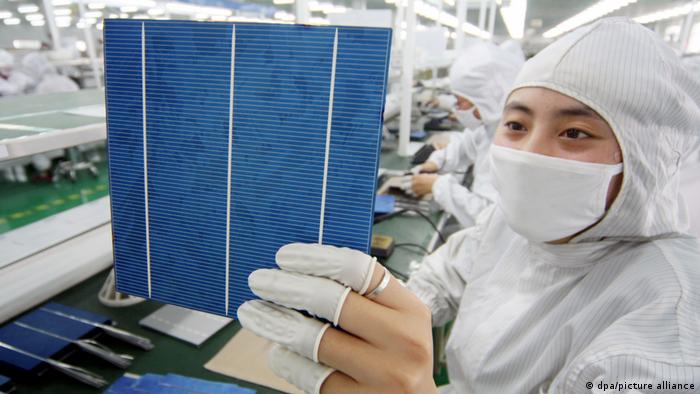 Dawn of the solar age
Dawn of the solar age